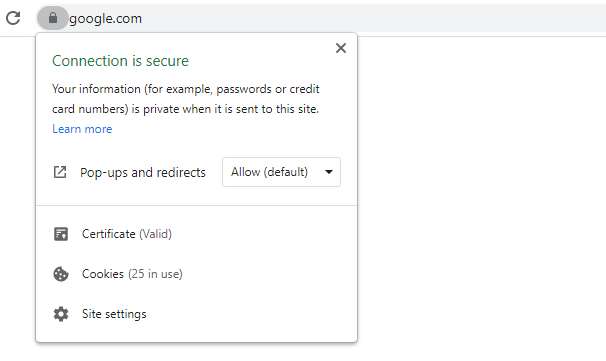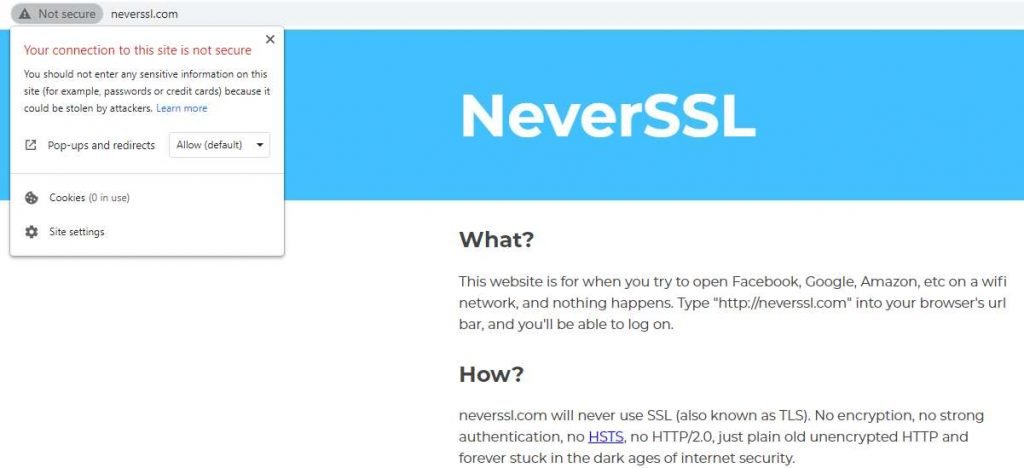
First things first.
What is the difference between HTTP & HTTPS?
Generally browsing through websites you may have found few websites with a secure lock near the URL (Like the one in our website). It means the website is secure and you have nothing worry about. But wait secure from what?. We will check in this blog all about HTTP and HTTPS, the differences between them and why it is important.

Terms you might come across during this blog.
HTTP
Hypertext Transfer Protocol
HTTPS
Hypertext Transfer Protocol Secure
SSL
Secure Socket Layer
TLS
Both of the HTTP & HTTPS protocols are about communications between different systems. But the HTTPS uses a secure socket layer (SSL) certificate, thereby creating secure encryption between the server and the clients browser. It keeps away & prevent criminals from reading and modifying any information transferred, including personal details such as credit card information, while the communications happen between them (server & client).
HTTPS appears in the URL when a website is secured by an SSL certificate. The details of the certificate, including the issuing authority and the corporate name of the website owner, can be viewed by clicking on the lock symbol on the URL bar. HTTPS uses TCP (Transmission Control Protocol) to send and receive data packets, but it does so over port 443, within a connection encrypted by Transport Layer Security (TLS).
These days TLS is a standard across certificate providers which is highly secure, but generally is referred as SSL due to its popularity among the tech guys.

Transmission of data via HTTPS happens via an encrypted connections. It uses a public key which is decrypted at the client-side. The public key resides on the server which is the actual SSL Certificate. The certificates are cryptographically signed by a Certificate Authority (CA), and each browser has a list of CAs it implicitly trusts. Any certificate signed by a CA in the trusted list is given a padlock lock in the browser’s address bar because it’s proving to be authentic and belongs to that domain.
Ok, Now enough of the terms, Why do we require HTTPS is our main agenda in this post. To give a simple example, open up a browser and search any keyword in google.
First: Check on the results, I am 100% sure all the pages listed on the first page will start with HTTPS pages. This directly indicates that Google is trying to push pages that are more secure to the top of the search results.

Second: There is another evidence in the Google’s chrome browser which prominently shows a label “Not Secure” in the URL Bar when the site is without an HTTPS certificate. Which is telling users to be safe in the website.

So all in all we can say that your SEO will be at a greater advantage along with the security of your website.
Now how do you get one certificate for your website and how do you apply it on your website.
This depends on the type of web host you are using to host your websites. Some hosts provide only 1 SSL certificate in the package while some provide to all of the websites.
Then there are services like Let’s Encrypt which have now made the process of issuing SSL certificates for free and then you can apply them on your websites.
Also companies such as DigiCert issues certificate which are more robust and more secure but it come with a price.
Now you might be wondering why are there so many differences for getting an HTTPS certificate. They are required for different purposes. We will discuss out in its entirety in a separate blog post.
Hope this blog tutorial will help to know a bit of difference between HTTP and HTPPS. If you liked the content please do subscribe to our Newsletter and follow us on our social media platforms.
That’s all folks!
